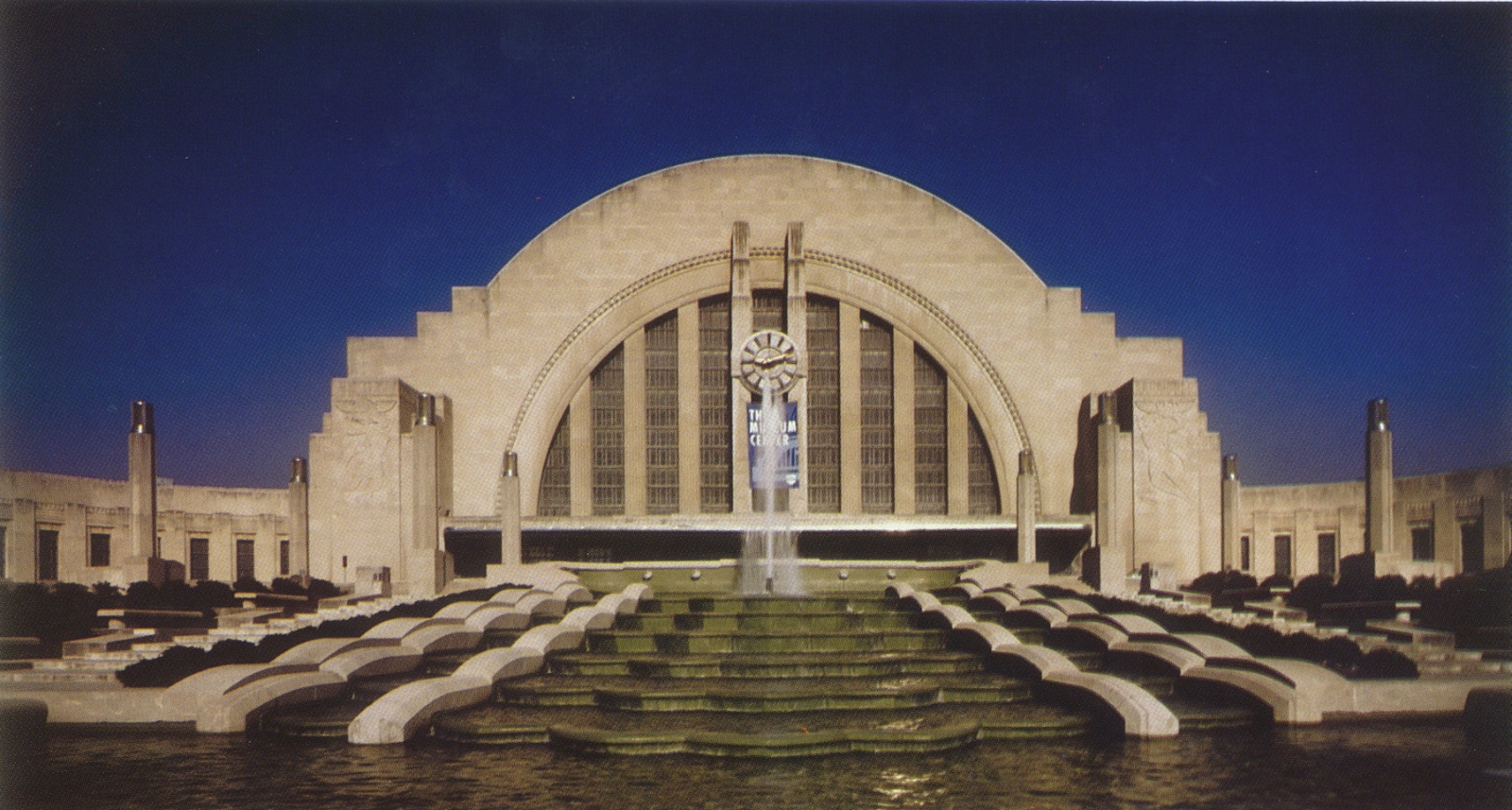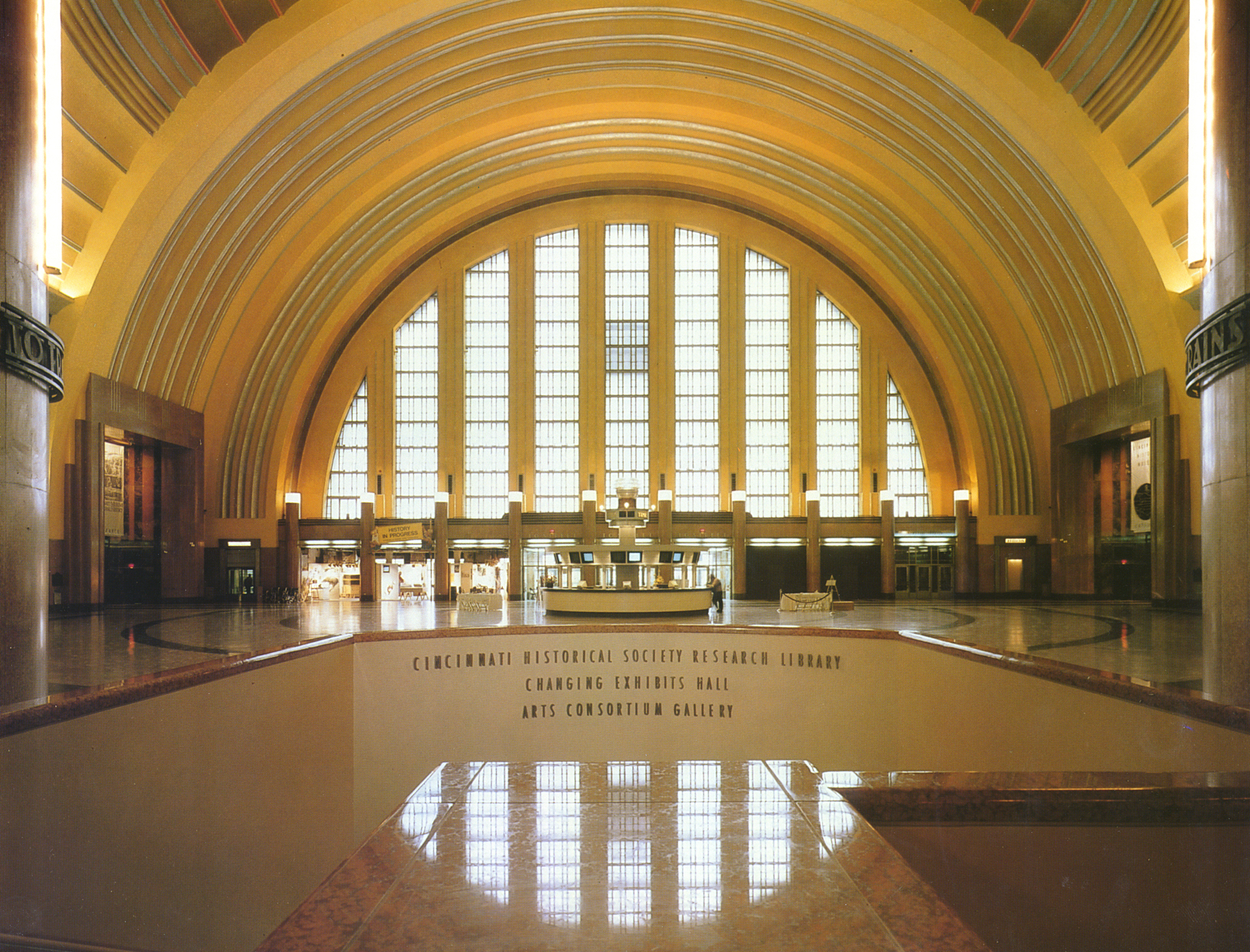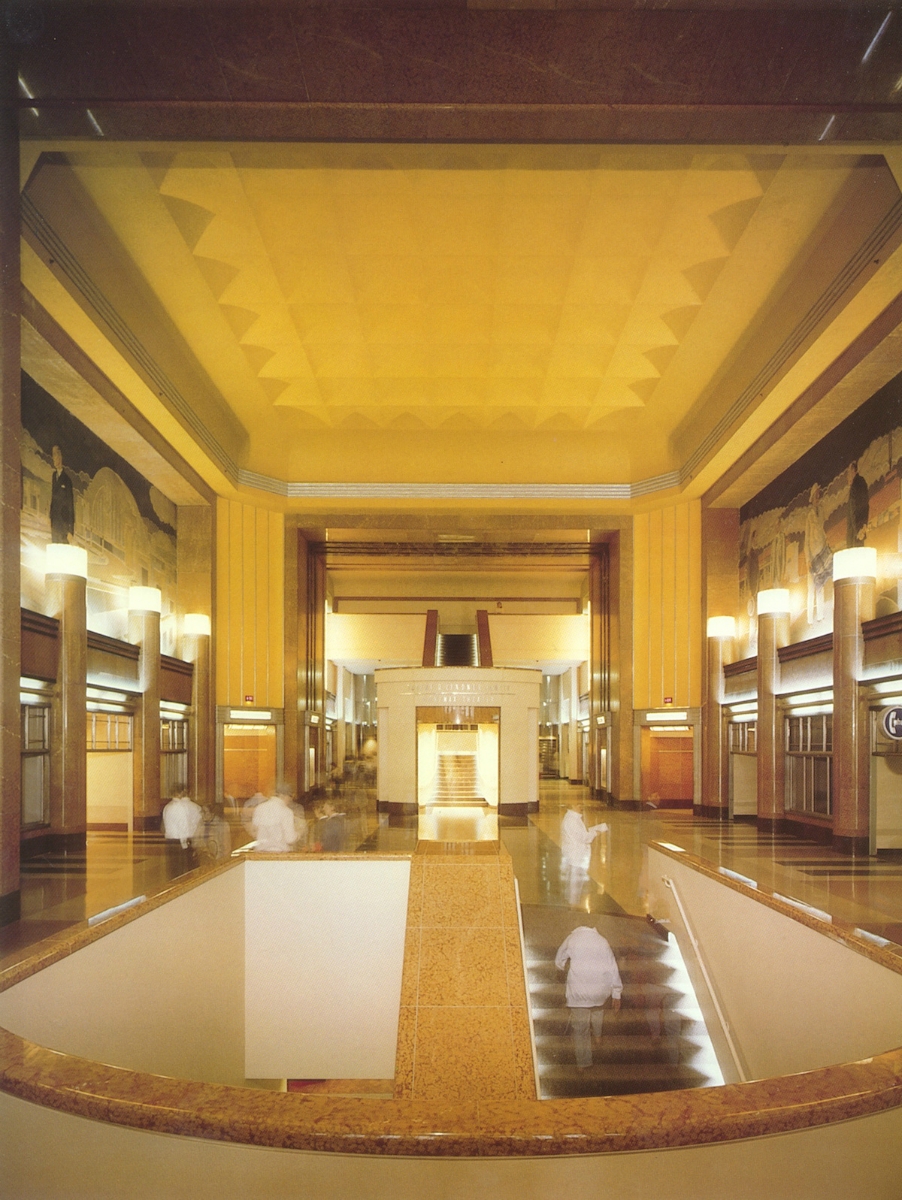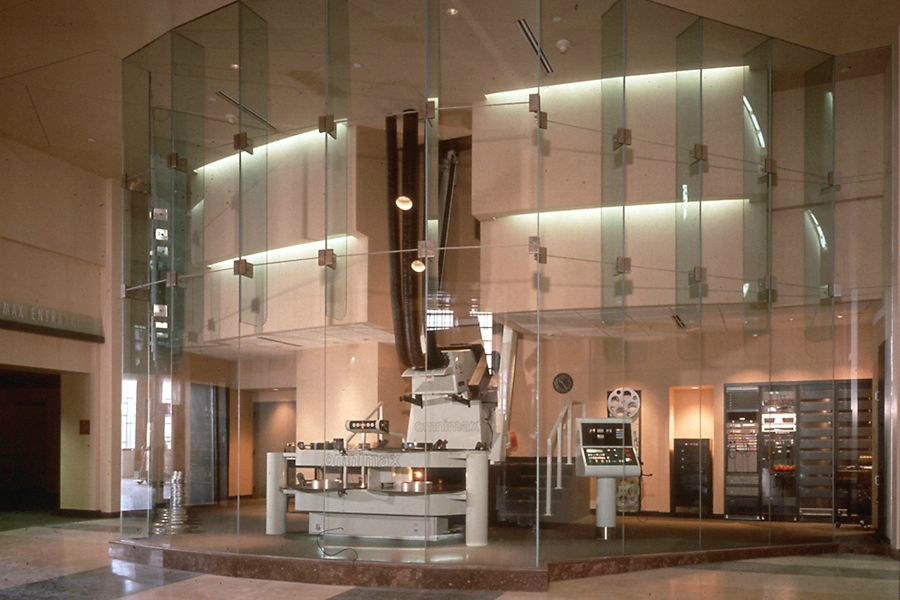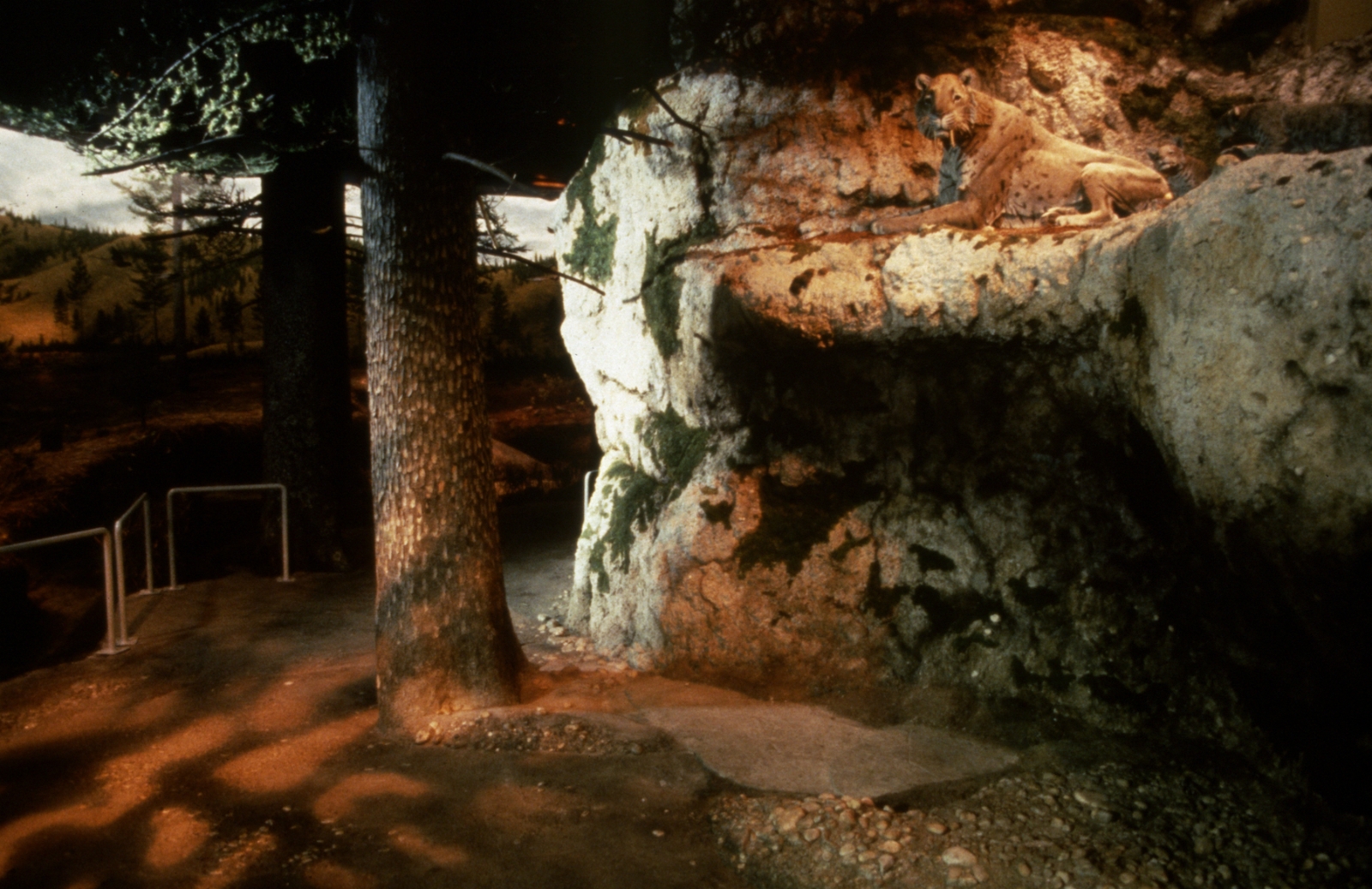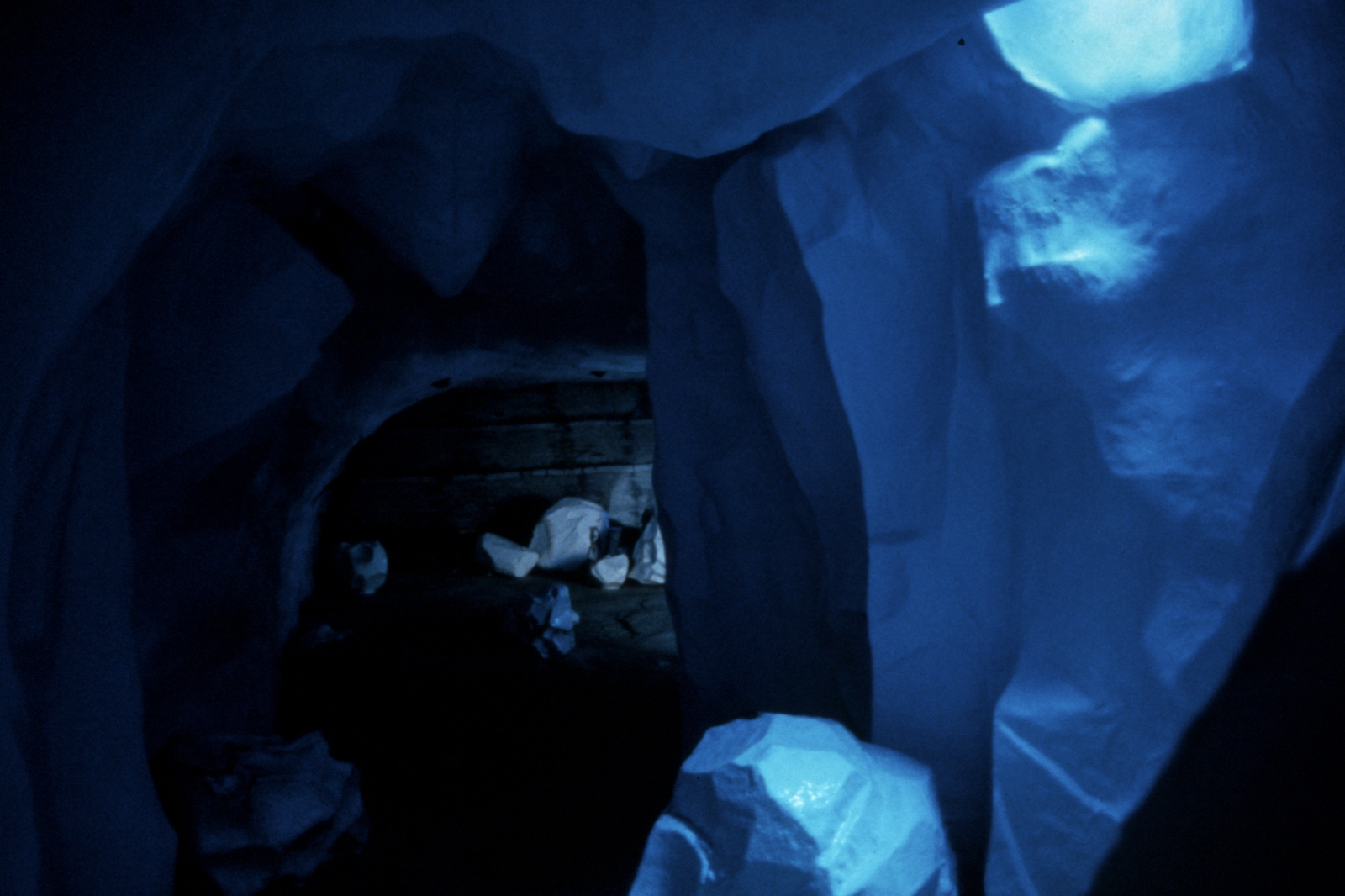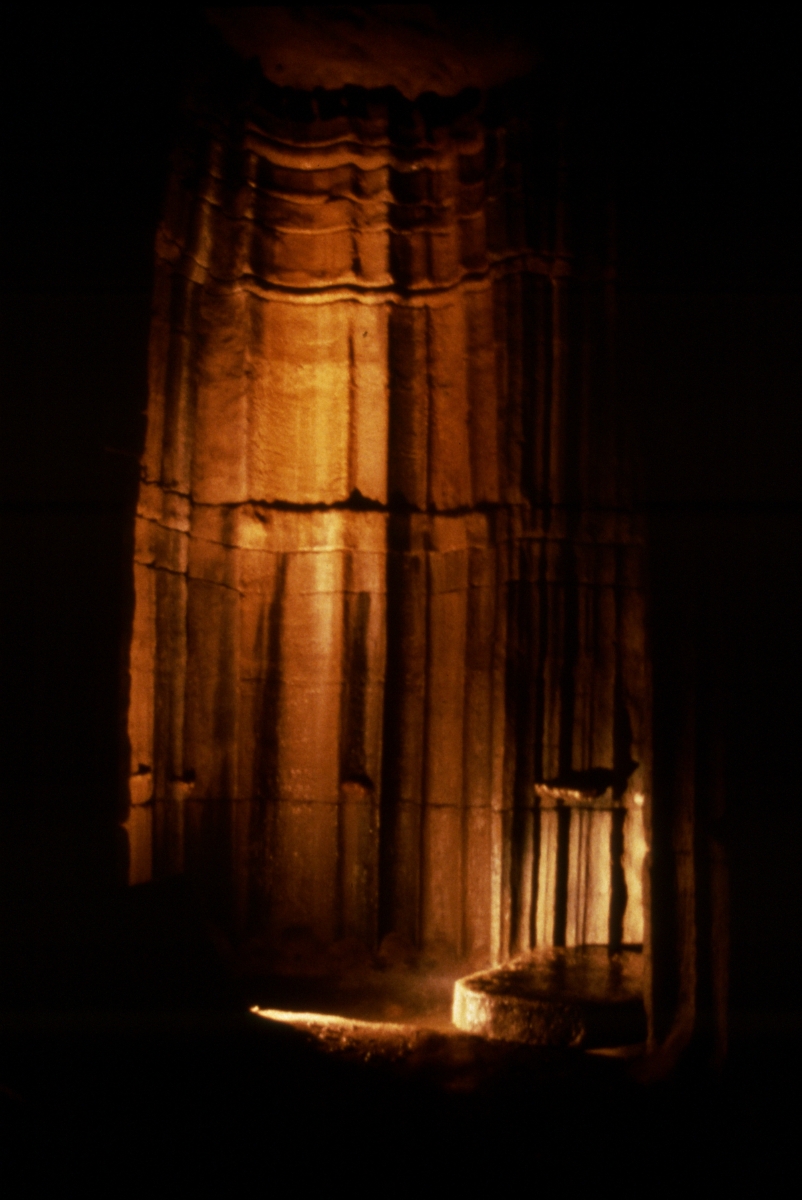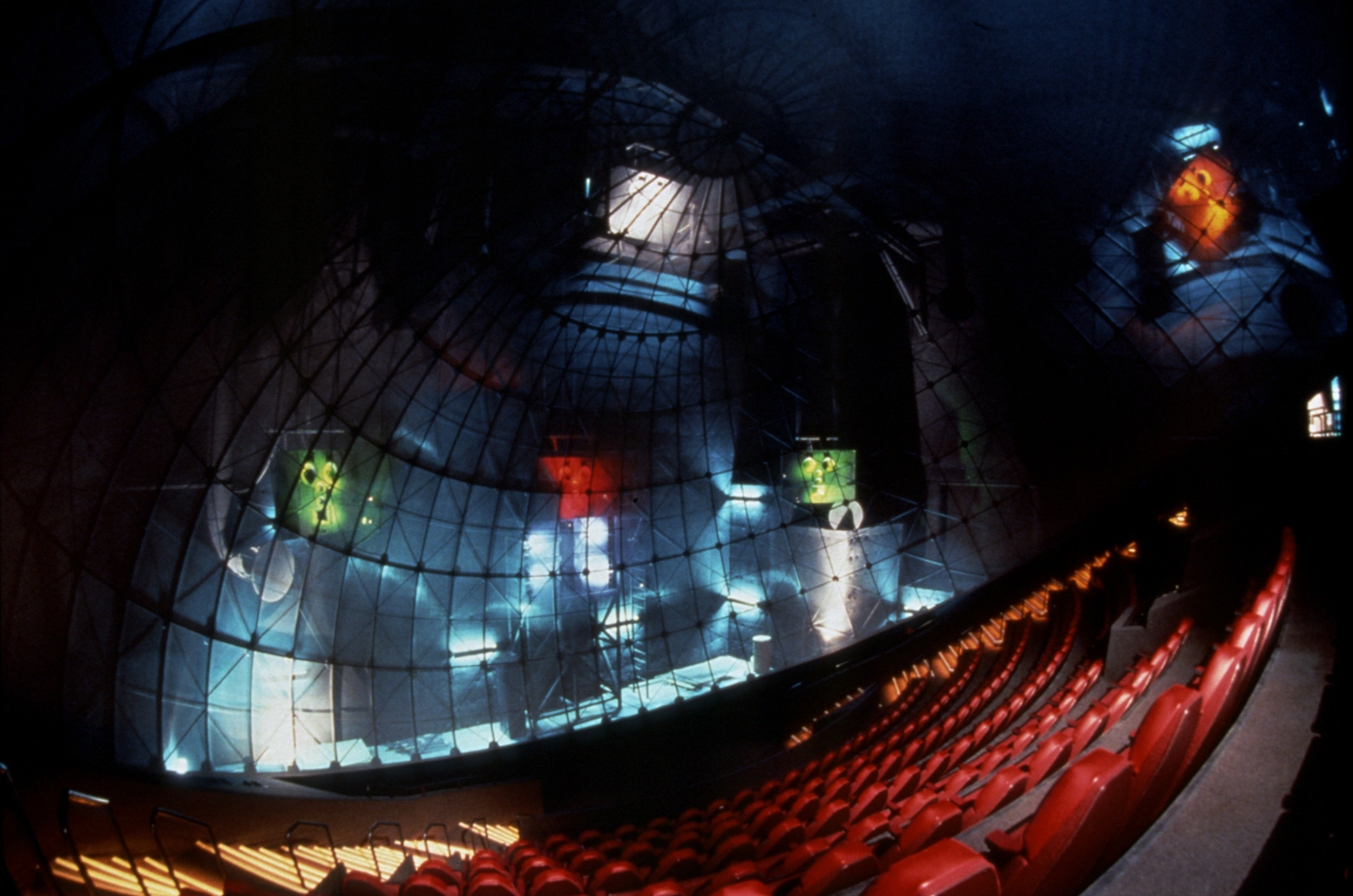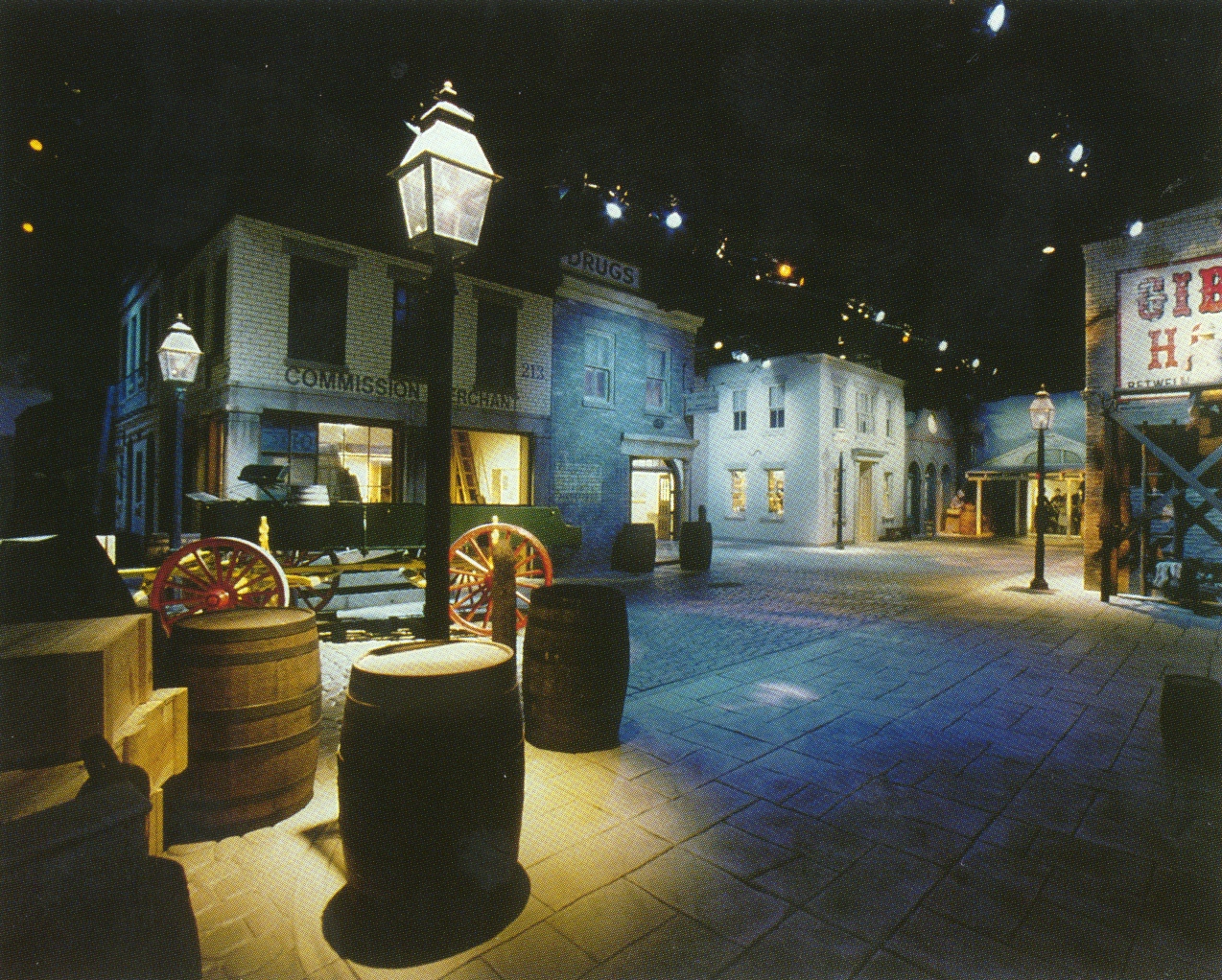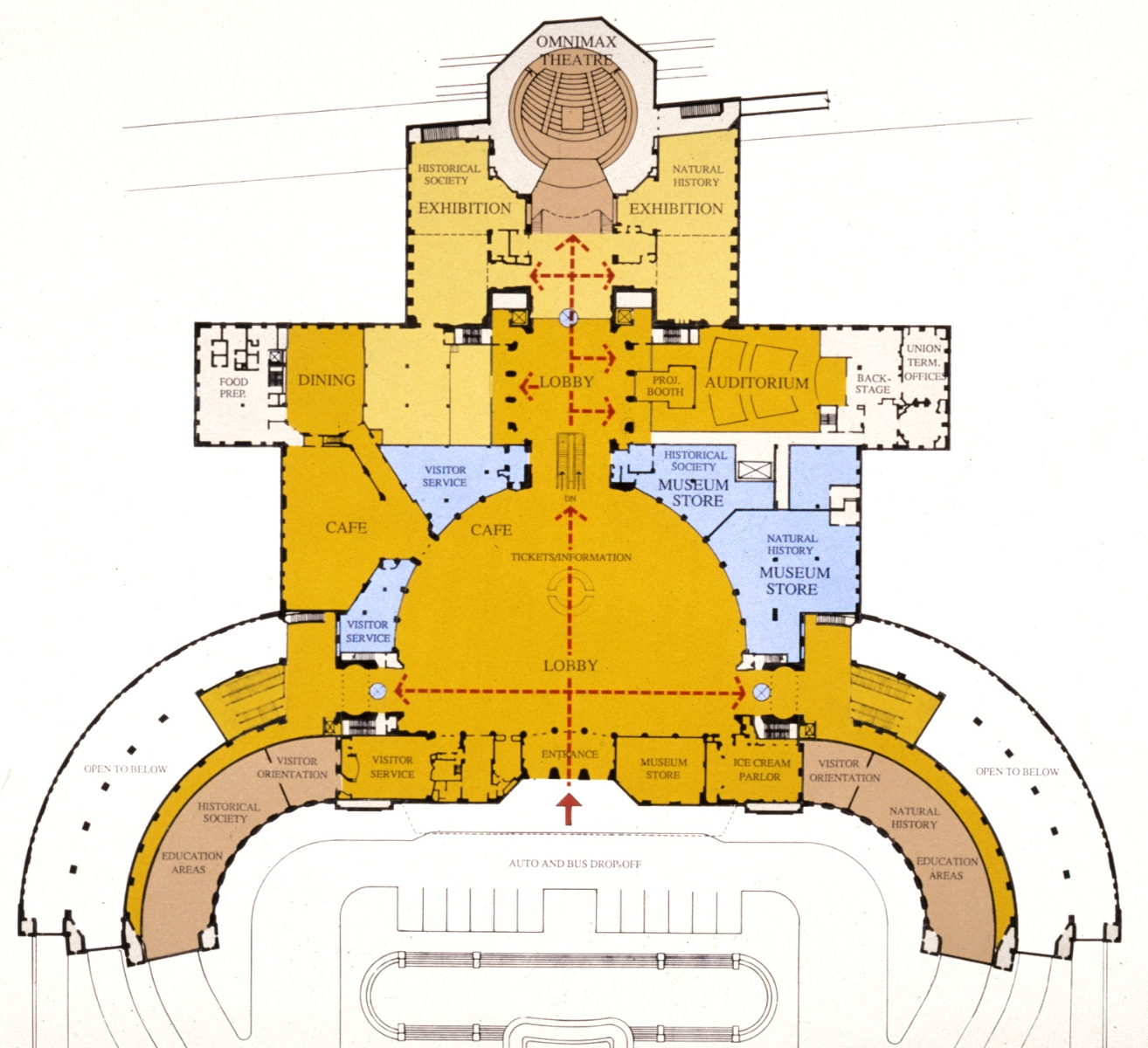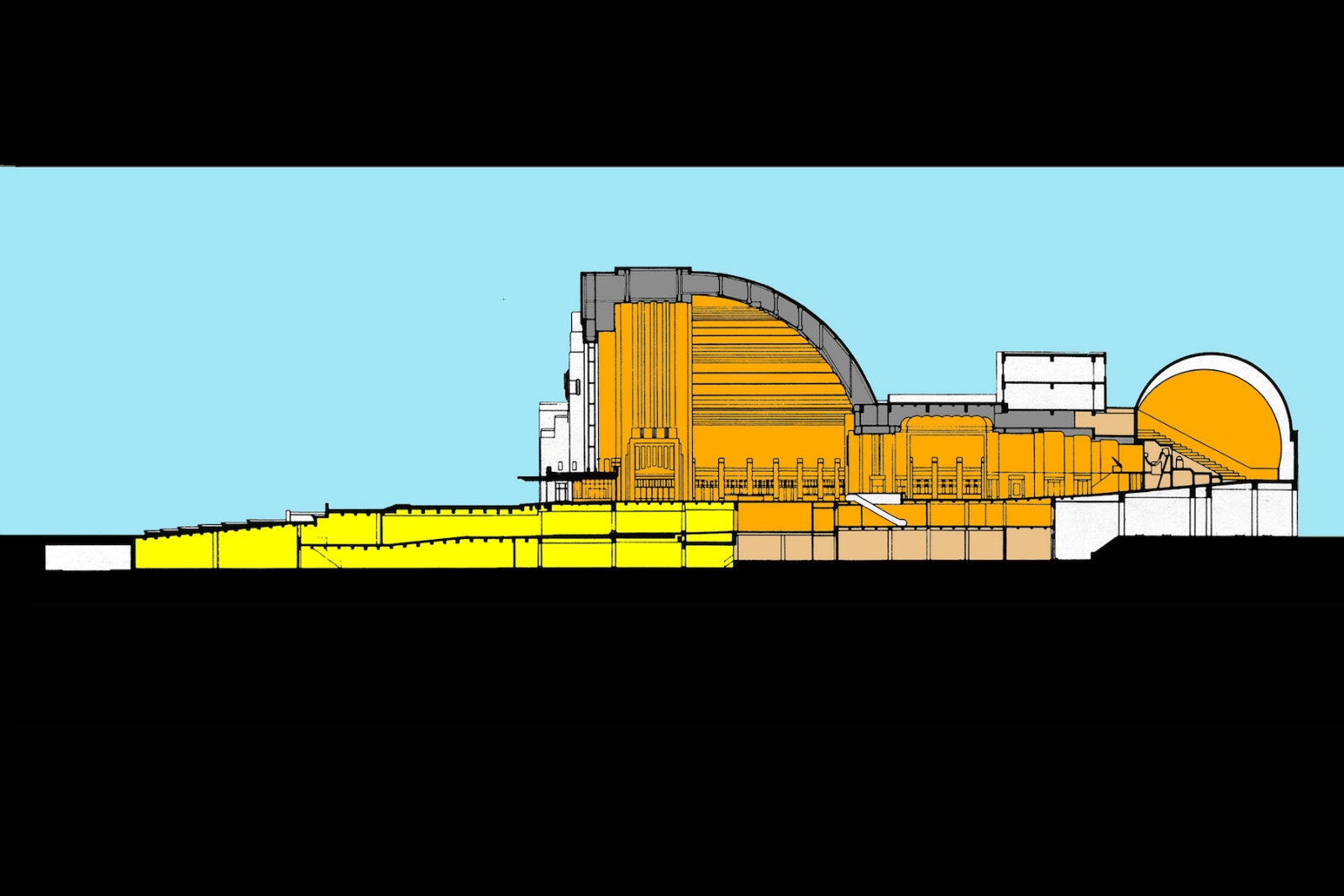Cincinnati Museum Center
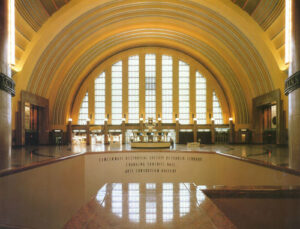
Location: Cincinnati, OH
Role: Design Architect & Museum Planner for Renovated and Expanded Museum; Collaborated with team of local architects, engineers and specialist museum consultants; Collaborated with exhibit design firm (PRD)
Program: Three separate museums sharing one historic building: the Cincinnati Historical Society, the Cincinnati Museum of Natural History and the Children’s Discovery Center, immersive history and science exhibits, library, collections storage, Omnimax theater, grand lobby, cafe, gift shop, function spaces, classrooms, exhibit support, and offices
Building Area: 500,000 sf
Status: Opened in 1990
Description:
Work on this project began in 1980, when a preliminary concept and feasibility study were prepared for the Cincinnati Historical Society in response to their need for additional space to expand their library and archives and create a new history museum. Our services, which spanned a period of ten years, included assisting with the identification and evaluation of alternative sites large enough to accommodate both the new facilities of the Historical Society and expanding a new museum facility for the Cincinnati Museum of Natural History. Following site selection we prepared a Comprehensive Master Plan for renovation of Cincinnati’s historic Union Terminal Building as the home for the new 500,000-square-foot Cincinnati Museum Center which houses both museums, an expanded library and archives, a 285-seat Omnimax theater, a Children’s Discovery Center, and a community-operated arts center.
Several significant design objectives were achieved on this complex project. First, the historically significant main rotunda and the central grand concourse were not compromised in any way by the Museum Center’s activities. Second, each of the two museums has a separate and easily recognized public entry. Third, both the Omnimax theater and the library of the Cincinnati Historical Society can be reached without passing through public or support areas of either museum. Fourth, the support activities of each museum are independent, which permits each institution to operate as a separate entity. Fifth and finally, the lobbies, restrooms, dining facilities, and a 300-seat auditorium are shared facilities, which avoids an unnecessary duplication of space.
The building’s magnificent rotunda functions as an indoor urban space unencumbered by new structures or exhibits that would obscure or detract from its architectural splendor and its art deco detailing. At the ticketing/information area in the center of the rotunda, visitors can look into three major portals. The north and south portals signal the entries to the two museums. Through the west portal is a grand stairway down to the Cincinnati Historical Society’s new library and further down to a large double-height shared temporary exhibition area. Further west from the rotunda is the entry to the Omnimax theater which is also visible from the ticketing/ information area. Each of the museums’ retail shops, two public dining facilities, other essential visitor services, a small motion picture theater, and an ice cream parlor, which were restored to their historic art deco décor, are directly accessible from the rotunda.
The exhibit areas of each museum, located in previously unfinished space below the rotunda, house a variety of exciting walk-through exhibits including a multi-level ice age exhibit, a cavern, a mid-19th century Cincinnati boat landing, and a reconstructed 19th century Cincinnati commercial street lined with a variety of shops.
As Design Architect for the project, our responsibilities included developing the basic concept of how the building would be used to house these various facilities, preparing the schematic design and design development drawings for adaptive re-use of the Union Terminal Building, and continuing on as Design Architect throughout the duration of the project. A local architectural firm prepared the construction documents, provided consultation during bidding, and inspection services during construction.

